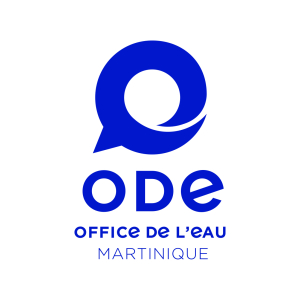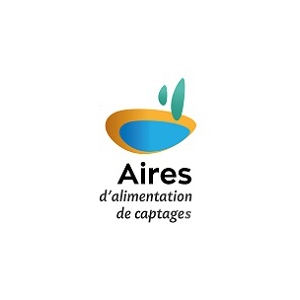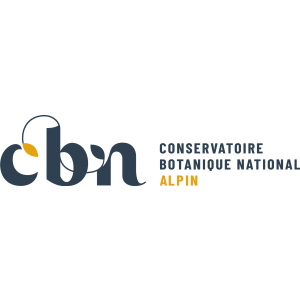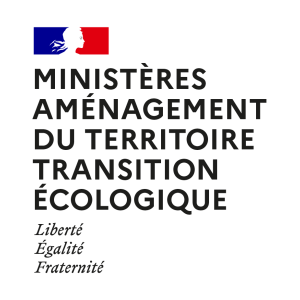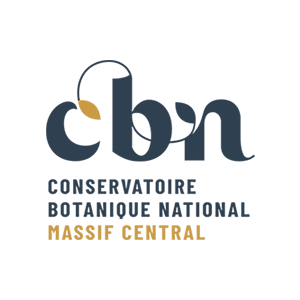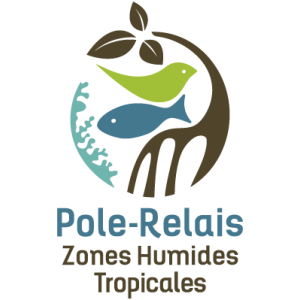
Document généré le 08/01/2026 depuis l'adresse: https://www.documentation.eauetbiodiversite.fr/fr/notice/physiological-differences-between-wild-and-cultured-bivalves-in-prince-edward-island-canada
Titre alternatif
Producteur
Contributeur(s)
EDP Sciences
Identifiant documentaire
10-dkey/10.1051/alr/2020008
Identifiant OAI
oai:edpsciences.org:dkey/10.1051/alr/2020008
Auteur(s):
Valentin Montagnac,Thomas Guyondet,Luc Comeau,Réjean Tremblay
Mots clés
Bivalves
ecophysiology
carrying capacity
Malpeque Bay
Date de publication
25/08/2020
Date de création
Date de modification
Date d'acceptation du document
Date de dépôt légal
Langue
en
Thème
Type de ressource
Source
https://doi.org/10.1051/alr/2020008
Droits de réutilisation
Région
Département
Commune
Description
Bivalve culture in Canada increased by 25% from 2000 to 2016. In Prince Edward Island (PEI), bivalves are cultivated in bays and estuaries and there is limited space for further aquaculture expansion. Thus, there is merit in developing a numerical model determining the abundance of bivalve populations in relation to their food availability in order to assess the carrying capacity of shellfish growing areas. This modelling will take into account the different bivalve species present in the bay, as the cultivated Mytilus edulis and Crassostrea virginica and wild, M. edulis, C. virginica, Mya arenaria and Mercenaria mercenaria. As a first step toward a modelling goal, this study compared the physiological differences of the 6 bivalve groups. Three physiological parameters were measured: clearance rate, oxygen consumption and assimilation to determine the energy budget or scope for growth (SFG). These measurements were carried out on individuals contained in metabolic chamber at summer and autumn temperatures (20 and 8 °C, respectively). Our results show that M. edulis is best adapted to these temperature in PEI as it maintains high SFG at both temperatures. For C. virginica and M. arenaria, high physiological parameters under summer conditions were observed, followed by a decrease in autumn. For M. mercenaria rates were low at both temperatures indicating a persistently low growth potential. These results demonstrate the adaptive physiological capacity of each species and provide insight into the underlying reasons some species such as C. virginica and M. mercenaria are at their northern distribution limit in the Gulf of St. Lawrence. Finally, no differences in the SFG between cultivated and wild bivalves have been observed. These results are discussed within the context of estimating the impact of each bivalve group in bays environment from PEI and particularly on food availability.
Accès aux documents
0
Consultations
0
Téléchargements



